Discover the Wild Leek (Ramps)
Learn how the influence of ramps has built relationships within
Learn how the influence of ramps has built relationships within
Completely Minimize the Odors…! After doing much of the same
Here is the latest presentation and virtual tour of how
Spring is here at Midwest Permaculture. It’s time for the
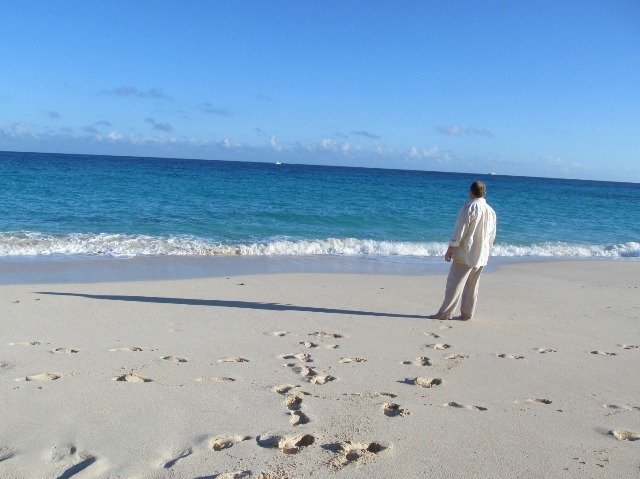 |
| At the same time as the 36-inch snow storm hit the East Coast of the US in early February (2013), I found myself standing on an island in the Bahamas. With no way to ‘escape’ I decided to accept my situation and make the best of it. I had been invited to speak at a Peace Symposium hosted by the Sivananda Yoga Retreat located on Paradise Island just north of Nassau. |
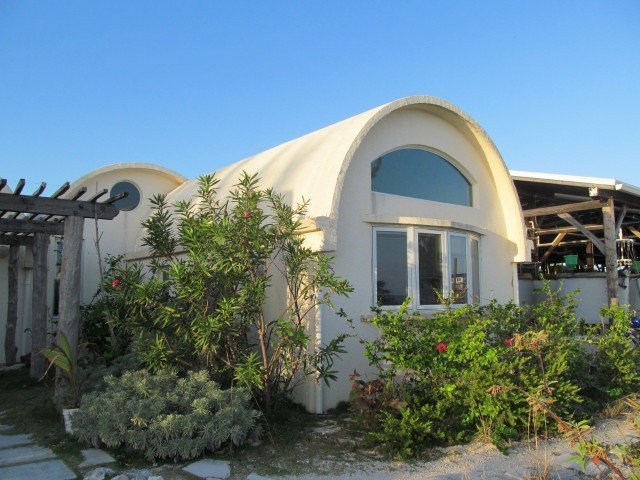 |
| When the symposium had finished, I make my way to the island of Eleuthera (map) where I had learned about a school and research institute that had incorporated permaculture into their campus. As long as I was in the area I wanted to be sure to visit. With my good friend Swami Omkaranada, we arrived at the Cape Eleuthera Institute and found almost a dozen superadobe vaulted arches that are exactly like the ones we stay in when we teach our annual Permaculture & Earth Building Course at Cal-Earth in Hesperia, CA. |
 |
| I was not expecting to find these structures. I learned later from our friends at Cal-Earth that two of their students from Portugal who took only a 1-week superadobe workshop had designed and helped to build these structures in the Bahamas (they had some building experience). With the sandy earth under their feet, they built these beautiful buildings that can easily withstand the hurricane winds that visit the islands annually. This is the interior of the reception building. |
 |
| There are actually three interwoven institutions that make up the Cape Eleuthera Foundation and they all share this tip of the island. Beside hosting extended educational stays for high school and college students from all over the world, they also do marine biology research on site. The classrooms and dorms are interwoven into this beautiful tip of the island. |
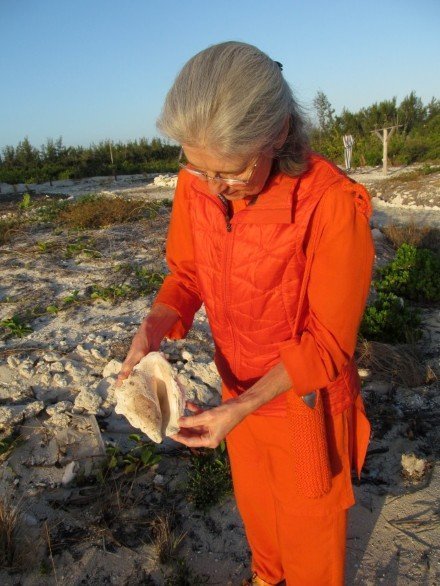 |
| The conch sea snail is incredibly prolific in this area and have been an important source of food for the islanders. The shells wash up on shore continuously. Here is my friend Swami Omkarananda examining such a specimen. |
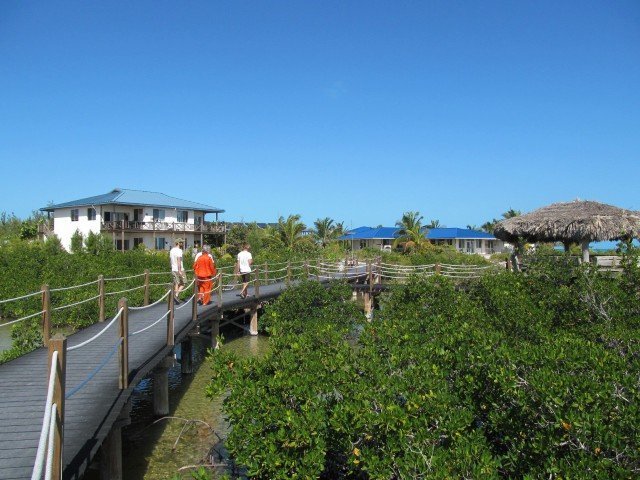 |
| Salt water mangroves lace the campus and great care is taken to minimize their disturbance. Some of the research being done at this Institute is the effect of increased levels of CO2 in the oceans are having on marine biology including in these mangroves. |
 |
| To perform this and other research, they have a dock full of light-weight watercraft. |
 |
| The marine station contains a variety of ocean fish for conducting research which they hold in these tanks. |
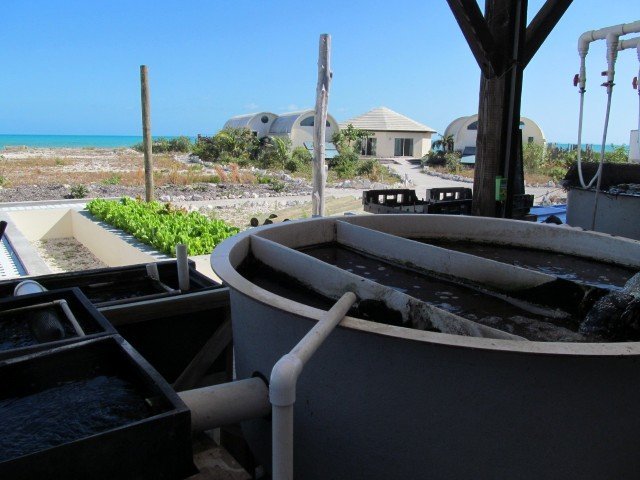 |
| This tank in the foreground is one of 4 that contain hundreds of talapia fish. To keep the water clean they run the nutrient rich water out to beds with floating rafts of salad greens, which love the nutrients grow profusely providing food for the the cafeteria, and cleaning the water for the fish. Aquaponics is a win-win-win proposition. More of the Cal-Earth domed vaults are in the background. |
 |
| The shrubbery in the foreground is an example of the vegetation that covered this entire campus before they began to develop the property in 1999. There were almost no trees. Several years later they started to apply permaculture principles to the landscape. |
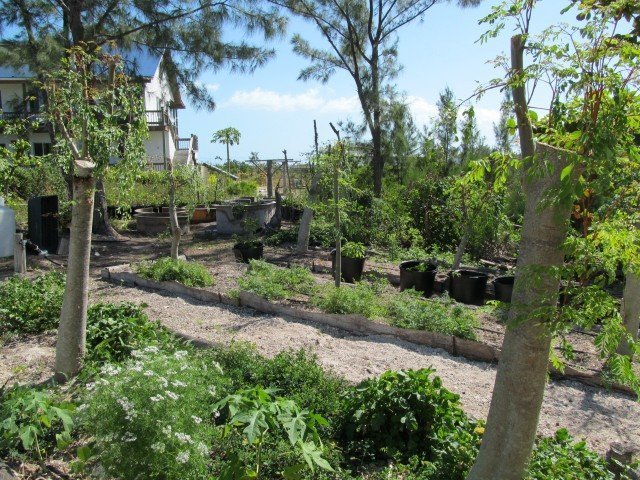 |
| With raised beds loaded with compost, they started to grow perennial and annual food plants. Important for wind protection, sun protection and to help improve the soil, small trees and shrubs were planted. In a relatively short time they had to begin coppicing and pollarding the likes to keep them from blocking out too much of the light. The trees in the foreground were pollarded just 1-month earlier and are already on their way to greening up again. |
 |
| The path between the garden area and the food forest houses the plant nursery. |
 |
| An additional method to help block the winds and provide some shade are these 8-foot latices made from concrete wire mesh panels with palm leaves woven into them. Very creative and effective. |
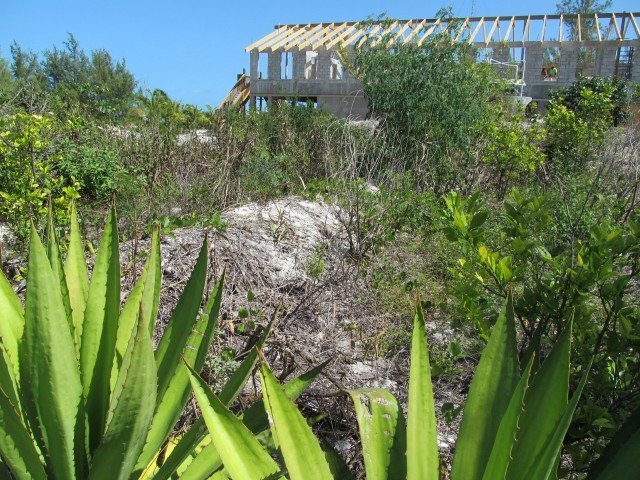 |
| This is a new area of the food forest so the plants are young and small. Can you make out the hugelkultured swale in the middle? All kinds of scrap brush and wood is under that mound which stops and holds rainwater and thus builds soil fertility over time. |
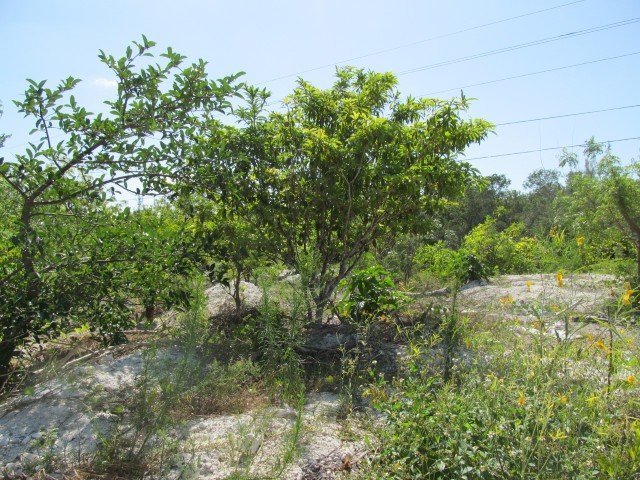 |
| Only a year later a healthy shrub and small tree canopy begin to emerge. |
 |
| Within 4 year they had already established a tall overstory of coconut, mulberry and other topical fruiting trees. |
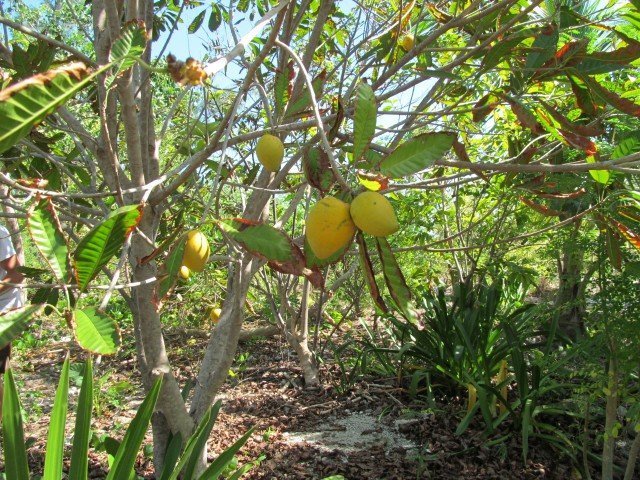 |
| With a growing season of 365 days, there is always something coming out of this food forest. |
 |
| With 75-100 people living on site, a lot of kitchen scraps are generated daily. They process the majority of these scraps through a few pigs which in tern provide plenty of fresh manure for the compost piles that will eventually feed the gardens again. And several times a year, pork is served on the menu. For the children who eat meat, they are invited to be involved in the harvesting process. |
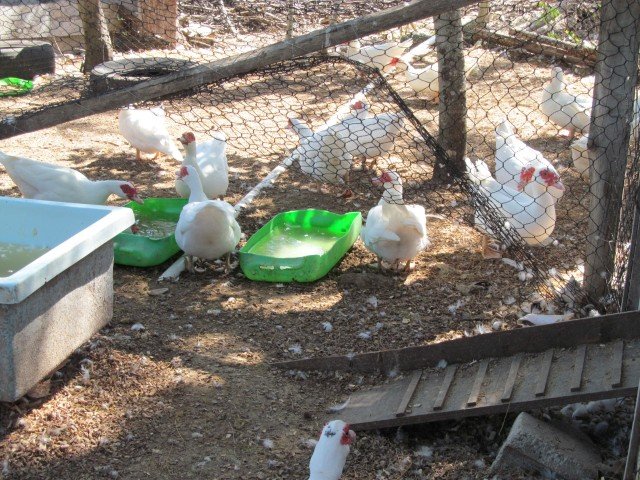 |
| The ducks not only keep the snail population at bay in the gardens, they provide fresh eggs as well. |
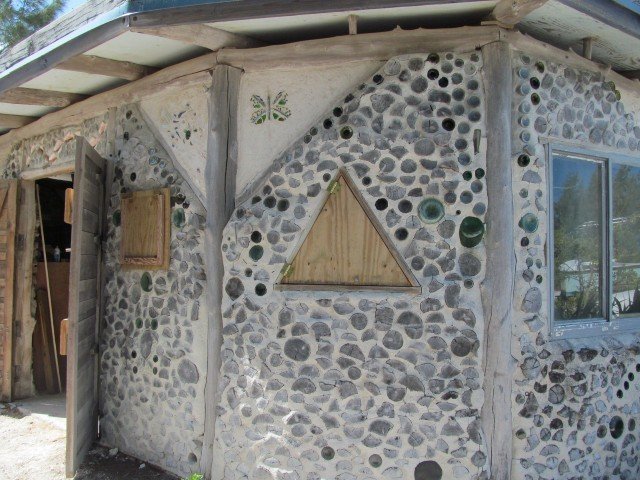 |
| This early constructed building on campus is made from cord-wood, sand and clay with a few wine bottles worked-in to provide extra lighting. This building is now their wood-shop where they build tables and chairs from the trees they can now harvest from their land. |
 |
| This cob building (clay, sand & straw) houses their bio-diesel plant. They pick up hundreds of gallons of waste cooking oil from the cruise ships that stop at the island and convert it to bio-diesel. Almost all of the cars, vans and trucks at the school burn bio-diesel which costs them about $1.50/gallon to make. |
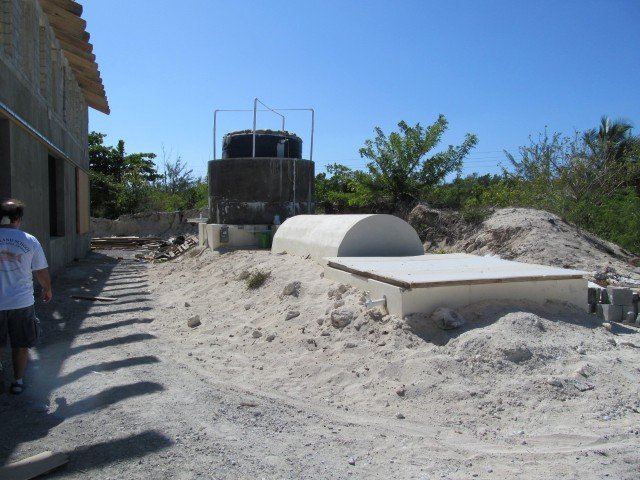 |
| This bio-digester takes the black-water from the campus toilets and turns it into usable methane. The methane is to be used in the heating of the oil to make the bio-diesel. |
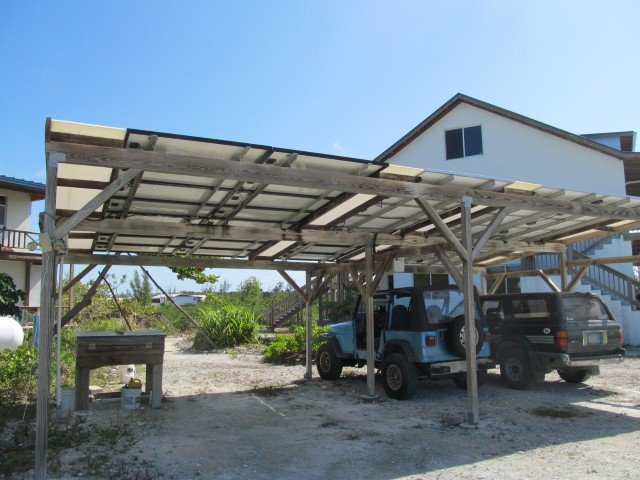 |
| Even a few of the car ports on site are made with solar panels so that they are generating electricity while keeping their vehicles out of the hot sun. |
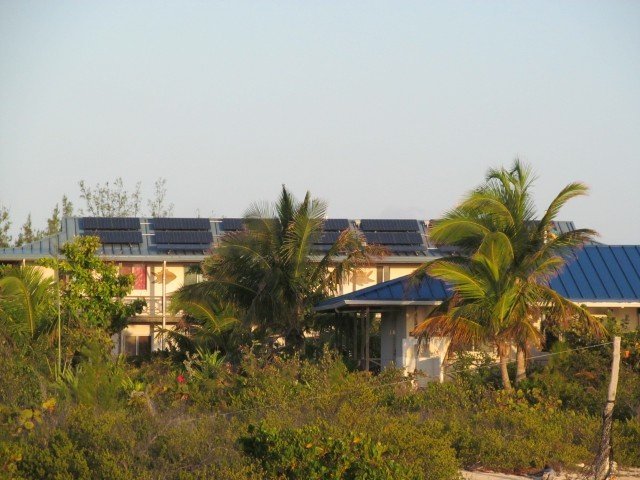 |
| Solar panels can be found all over campus. |
 |
| They even have a 10 kw Bergy wind generator on site which is the exact model we have in my small community of Stelle, IL. |
|
We are in talks with the staff at the Institute here and are looking at the possibility of co-hosting an annual PDC course on this site. I would like to do it as much for our own education (Midwest Permaculture teachers) as that of our students for there is no better way to learn about the tropics then to be there. Let us know if you might consider joining us for a PDC course here at the Island School on Eleuthera. We would of course schedule it for sometime in February, when the next snow storm blows across the northern states. I want to thank the Cape Eleuthera Island School Staff for their generous hospitality and more importantly, for doing the work of demonstrating an ethical path toward the future. Bill Wilson – Midwest Permaculture |
11 thoughts on “Cal-Earth and Permaculture in the Bahamas”
What an inspiration. There are so many important permaculture practices in place. They is a fantastic learning environment. Hope you get to do the PD, Bill.
Should have proofread. Cant fix my mistakes now.:-(
If you ever organize PDC course in Eluthera, please let me know.
Dana
Sure will Dana. We’re thinking on it. May I ask you why you’d come all of the way to the Bahamas to take a PDC?
Thanks, Bill, for most interesting post about what’s happening in Eluthera. Roy and I visited Eluthera some years ago, and knew nothing about the Cape Eluthera Institute. Glad to know it exists. Thank you for the good work you are doing across the world!
Blessings to you and Becky.
Carolyn
Very good to hear from each of you, James, Larry, Bert, Kate and Dominic. Sorry to have missed you Dominic…good luck with this years CSA.
You are all doing important work. How I would love to have all 5 of you in the same room at the same time so you could meet each other. You’d be inspired by each other.
We’re going to turn this big’ole ship around, away from the icebergs and back down towards Bahama country…!!! Let’s do it… Cheers…
Wow…not sure how easy it would be to learn anything with all those sandy beaches, sunshine and water on the premise, but if we could afford it Marian and I might be interested in a class. Of course February in Montana means great snow skiing. Hummm…what a great report. Thanks Bill!
What a wonderful “report,” Bill. It feels like home.
You’re not going to believe this, but I think we may have been on the island of Eleuthera at the same time..!!! I was there with my wife and 16 friends from the 9th through the 16th to celebrate my 40th birthday! Can’t believe I did not know about the CEI, and missed it..!? (Just means I’ll have to go back, right..?). Looks fantastic – so does that mean The Gentleman Farmer can technically move from Barrington IL to The Bahamas..? Hmm…
Thanks for the informative tour. Looks like you had a nice time in a beautiful, and warm! part of the world.
Wonderful!! Great teaching pictures of systems Bill.